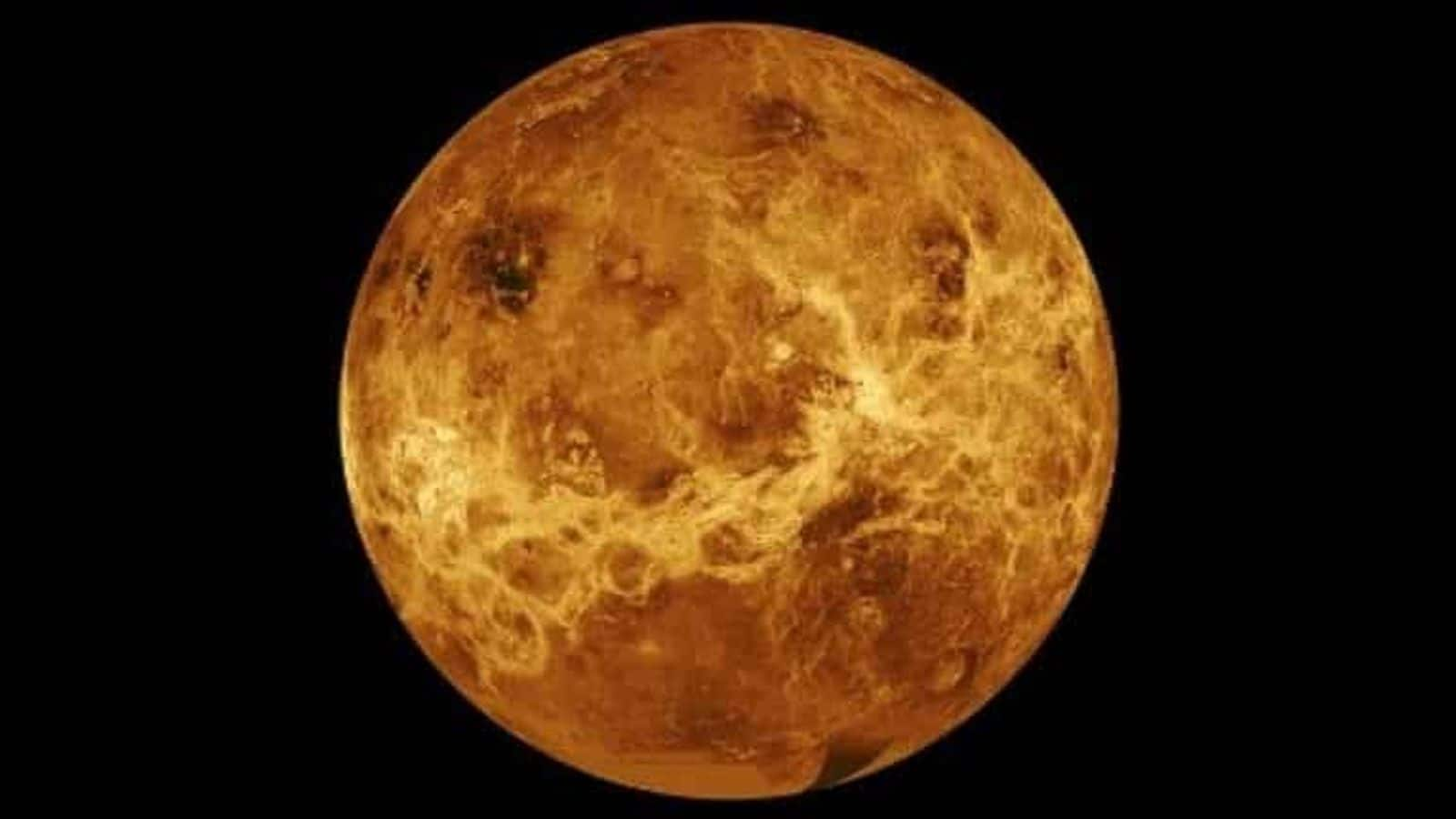
Unraveling the enigma of Venus's continuous water loss to space
What's the story
Scientists have made a significant breakthrough in understanding the continuous water loss from Venus, often referred to as Earth's twin, into space. Despite its extreme temperatures, surpassing even Mercury, Venus is located within the Sun's "Goldilocks Zone," a region capable of sustaining liquid water. Billions of years ago, Venus had as much water as Earth, essential for life's evolution. However, over time it has transformed into a barren landscape due to water escaping into space.
Solar influence
How Venus's proximity to the Sun influences water loss
The intense sunlight, due to Venus's close proximity to the Sun, is believed to have broken up water in its atmosphere, into hydrogen and oxygen. This resulted in a high concentration of hydrogen that heated the planet rapidly, causing hydrogen to escape into space through a process known as hydrodynamic escape. However, this process did not result in total water loss. Some water still exists on Venus and continues to leak into space, contributing further to the planet's ongoing transformation.
Process
The role of HCO+ dissociative recombination in water loss
Scientists attribute Venus's ongoing water loss to a process called HCO⁺ dissociative recombination (DR). According to this theory, when gaseous HCO⁺ reacts with electrons, it forms a neutral carbon monoxide molecule (CO) and a hydrogen atom (H). This reaction energizes the hydrogen atom enough for it to exceed the planet's escape velocity and escape into space. The DR process is thought to have been active throughout Venus's history and is likely still ongoing.
Revolutionary discovery
Understanding of hydrogen escape on Venus
This discovery has doubled the quantity of hydrogen escape earlier calculated by planetary scientists, revolutionizing our knowledge of hydrogen escape on Venus. To investigate DR on Venus, scientists employed computer modeling and data analysis techniques, initially designed for Mars but extended to Venus due to similarities in upper atmospheres. Eryn Cangi of the Laboratory for Atmospheric and Space Physics, stated, "We're trying to figure out what little changes occurred on each planet to drive them into these vastly different states."